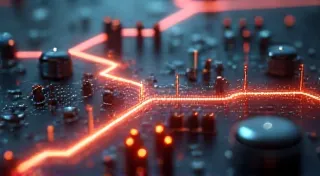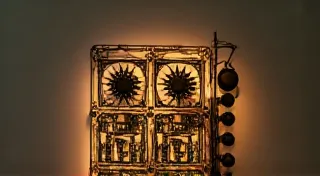Ephemeral Echoes: Using Microcontrollers to Preserve and Recreate Historical Sounds
There's a certain magic that clings to old things, especially musical instruments. It’s not just the physical beauty of the aged wood, the tarnished metal, or the worn leather; it's the whispers of history embedded within them. Imagine the hands that first coaxed a melody from an antique accordion, the laughter, the celebrations, the sorrows it witnessed. The sounds it produced, unique to its construction and the skill of its player, are often lost to time, fading like a cherished memory. I’m obsessed with trying to rescue those echoes.
My fascination began with my grandfather's accordion. It sat in the corner of his workshop, a silent giant, long after he’s gone. It wasn’t particularly valuable, just a well-loved, workhorse instrument. Its bellows were stiff, its reeds fragile, and its tone… muted. He played Polish folk tunes, and the sound transported me to a place I’d never been, a place filled with the warmth of family and the strength of tradition. When it stopped working, a part of that connection felt lost.
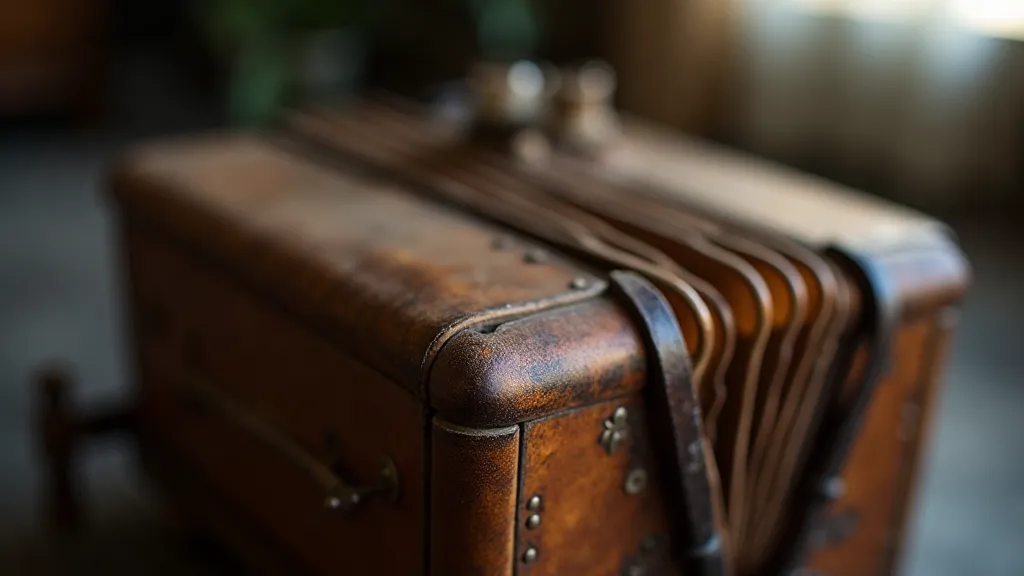
The Challenge: Recreating a Lost Voice
Repairing the accordion was an option, of course. But a full restoration is a specialized and often expensive endeavor. I wanted something more than just a functional instrument. I wanted to *understand* its voice, to capture the nuances that made it unique. This is where the intersection of history, craftsmanship, and electronics became profoundly appealing.
The basic idea was to use microcontrollers—specifically an Arduino—to analyze the acoustic properties of the accordion (or, rather, the best-preserved recordings I could find) and then recreate those properties through a custom-built speaker system. It's far more complex than simply playing a pre-recorded track. We's talking about mimicking the frequency response, the transient behavior, and the overall timbre of a vintage instrument.
Understanding Historical Accordions: More Than Just Air and Reeds
Before I could even begin the electronics work, I needed to understand what made an old accordion sound the way it did. Modern accordions are often built with mass-produced components and a focus on consistent output. Antique accordions, on the other hand, were the product of individual craftsmanship. Reed materials varied, bellows construction differed significantly, and even the physical dimensions of the instrument could be unique.
Research revealed fascinating details. Early accordions frequently used different alloys for the reeds – brass, bronze, even silver was employed, each imparting a slightly different sonic signature. Bellows were often constructed from multiple layers of leather, meticulously glued and sealed. The pressure applied to the reeds, the air leakage, and the overall resonance of the instrument’s body all played crucial roles in the final sound. The result was an instrument with a character that a modern, standardized design simply couldn’t replicate.
The drive to replicate such intricate systems often leads down fascinating paths in electronics. Successfully bringing complex systems to life requires a careful consideration of the underlying logic, a field that has benefited greatly from the study of finite state machines. Exploring the Labyrinth of Logic: Designing Robust Systems with Finite State Machines provided valuable insights into the principles of sequential control – a surprisingly relevant concept for understanding the temporal behavior of antique accordion mechanisms.
The Electronics: Arduino, Audio Analysis, and Custom Speakers
The core of the project is an Arduino Nano, chosen for its small size and accessibility. The initial stage involved analyzing recordings of antique accordions. I used audio editing software to extract frequency response curves and transient data. These curves served as a "sonic blueprint" for the speaker system I would build.
The speaker system itself is where things got really interesting. Off-the-shelf speakers just wouldn's cut it. I experimented with different driver combinations – full-range drivers, tweeters, and woofers – to try to achieve the desired tonal balance. The Arduino takes input based on the frequency data extracted from the recordings, generating signals to drive the individual speaker components. This allows for a dynamic and nuanced recreation of the accordion’s sound. It’s not a perfect replica, of course. It's an *interpretation*, a digital echo of a lost voice.
The process of creating custom speaker systems, and controlling them precisely through microcontroller interfaces, also necessitates a deeper understanding of circuit fabrication. There's a certain alchemy involved in bringing these concepts to fruition – a blend of artistry and precision that is explored in greater depth in resources like The Alchemist's Toolkit: Custom PCBs & the Art of Circuit Fabrication. Learning to design and fabricate printed circuit boards opens up a whole new dimension of possibilities for controlling and shaping electronic systems.
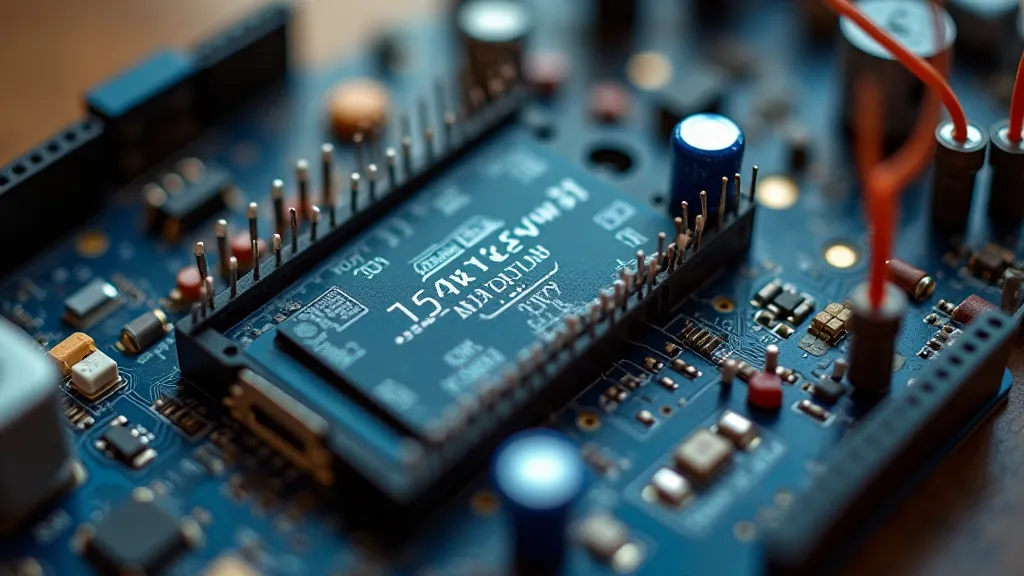
Challenges and Insights: The Imperfect Art of Preservation
The project wasn't without its challenges. Reproducing the subtle nuances of an antique accordion is incredibly difficult. The transient response, how quickly the sound decays, is crucial to its character. Modern speakers often have a smoother, more controlled decay, whereas antique accordions had a more abrupt, almost “raw” quality. Capturing this required careful experimentation with speaker driver selection and signal processing.
I also learned a lot about the limitations of digital recreation. No matter how accurate the measurements, there will always be something lost in translation. The physical properties of the accordion—the vibration of the bellows, the smell of its aged wood—cannot be fully recreated through automation. Similar challenges arise when constructing other automated systems, like those detailed in "Raspberry Pi: Seeds of Automation – Cultivating Smart Home Ecosystems".
Beyond merely recreating a single instrument’s sonic profile, the sheer complexity of the interaction between physical components and electronics can lead to some truly innovative approaches to sensory output. The possibilities extend far beyond simple audio; exploring how data can be mapped to various sensory experiences, something akin to synesthesia, opens up exciting avenues for artistic expression. The concepts explored in Synesthetic Circuits: Mapping Data to Sensory Output Beyond Visual Displays demonstrate how microcontrollers can be leveraged to create rich and immersive experiences.
Beyond Recreation: A Deeper Appreciation for Craftsmanship
Ultimately, this project is about more than just recreating a sound. It’s about appreciating the skill and artistry of the craftspeople who built these instruments. It’s about connecting with the history they represent and preserving a piece of cultural heritage. The act of rebuilding this sonic memory has provided me with a profound respect for the traditional skills that went into creating these instruments. The imperfect recreation allows us to re-imagine the beauty of a past we can never truly experience directly.
It also sparked a renewed interest in collecting. While I’m not focused on accumulating valuable instruments, I’ve become more attentive to the subtle differences between various antique accordions. Each one tells a story, a testament to the human desire to create beauty and express emotion through music.
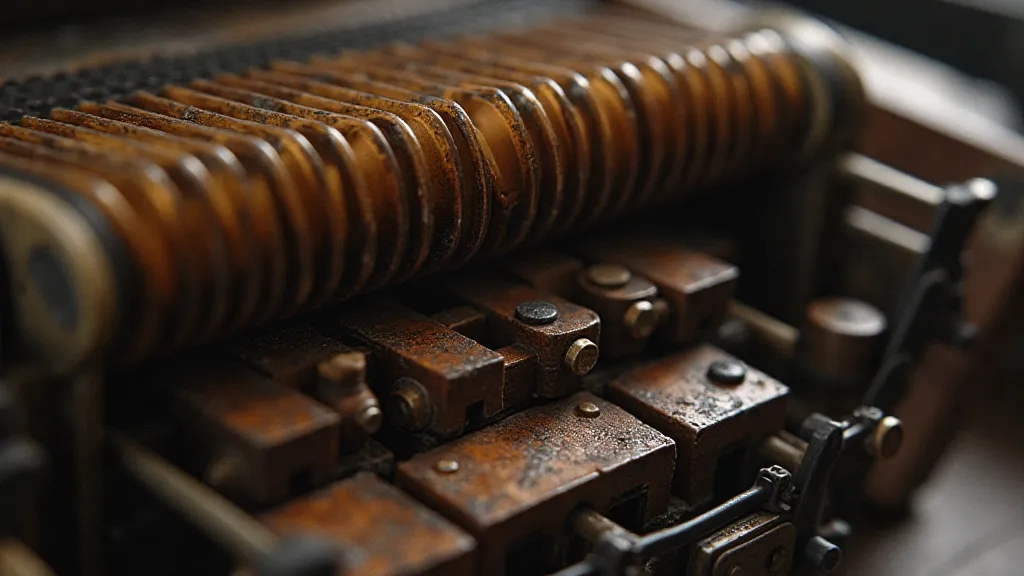
The Ongoing Journey
The project is far from over. I continue to refine the Arduino code, experiment with different speaker configurations, and search for more recordings of antique accordions. It’s a journey of discovery, a blending of technology and tradition. And in a way, it's a way of keeping my grandfather’s music—and the echoes of the past—alive. Perhaps one day, I'm going to be able to create a completely dynamic, and controllable model of an accordion.
This project has also made me consider the broader implications of our increasingly digital world. As we rely more and more on technology to preserve and recreate the past, it's important to remember that there will always be limitations. The true essence of an object—the feeling of its weight in your hand, the smell of its aged wood—cannot be perfectly captured in a digital simulation. However, by embracing these limitations and celebrating the imperfections, we can create something truly special – a digital echo of a lost voice, a testament to the enduring power of human creativity.

